On December 21, the United Nations General Assembly voted down a Russian-proposed resolution calling for support for the INF Treaty. That Moscow gambit failed, in large part because Russia is violating the treaty by deploying prohibited missiles.
This bit of diplomatic show came one week after Russian officials said they would like to discuss INF Treaty compliance concerns. That could be—not is, but could be—significant. Washington should test whether those suggestions represent just more Kremlin posturing or a serious effort to save the treaty.
The INF Treaty
Ronald Reagan and Mikhail Gorbachev signed the INF Treaty in 1987. It resulted in the elimination of some 2,700 U.S. and Soviet missiles. The treaty continues to ban the United States and Russia from having ground-launched missiles of intermediate range (500-5,500 kilometers) as well as from having launchers for such missiles.
In 2014, the U.S. government publicly charged that Russia had violated the treaty by developing and testing a ground-launched intermediate-range cruise missile. In early 2017, U.S. officials said the Russian military had begun deploying it.
From 2013 to late 2017, Russian officials claimed that they did not know what missile Washington had in mind. After a U.S. official revealed that the Russian designator for the offending missile was 9M729, Russian officials conceded that the 9M729 ground-launched cruise missile existed but asserted that its range did not exceed 500 kilometers.
On December 4, NATO foreign ministers stated that the development and deployment of the 9M729 constituted a material breach of the INF Treaty. Secretary of State Pompeo the same day said that, if Russia did not return to compliance within 60 days, the United States would suspend its obligations under the treaty, meaning that it would face no treaty bar to testing and deploying its own intermediate-range missile. U.S. suspension of its obligations would relieve Russia of the requirement to observe its obligations.
The treaty seemed fixed on a path for demise.
Signs of possible life?
Then, on December 14, Reuters reported that a Russian foreign ministry official had said Moscow envisaged the possibility of mutual inspections to resolve the sides’ compliance concerns. The next day, the Associated Press and TASS said Defense Minister Shoygu had sent Secretary of Defense Mattis a message proposing “open and specific” talks on compliance issues.
As with the failed U.N. resolution, these statements could just represent posturing. Indeed, given the lack of serious engagement for nearly five years, it likely is part of Moscow’s effort to ensure that blame for the INF Treaty’s end falls on Washington.
There is, however, a small chance that the Russians seek a settlement. U.S. officials should explore this, if for no other reason than that a failure to do so would increase the prospects that Washington bears the responsibility for the agreement’s collapse in the eyes of publics and allies.
The big question: Are the Russians willing to exhibit the 9M729 and provide a technical briefing to American experts on why the missile’s range does not exceed 500 kilometers? That invariably would entail questions about the capacity of the missile’s fuel tanks and power of its engine. U.S. experts might also ask why, if the 9M729 can fly no further than 500 kilometers, Russia built the missile when it already deploys the modern 9M728, a ground-launched cruise missile whose range is also less than 500 kilometers.
Working out the details for this kind of exhibit and briefing would require some patience and delicacy. It would require agreeing to procedures not specified in the INF Treaty. It would also require steps to ensure that U.S. experts had the opportunity to view a 9M729, not something else. But the State Department, Defense Department, and intelligence community have bright people who could figure out how to make this work.
Of course, if the 9M729’s range exceeds 500 kilometers, the treaty requires its elimination. Senior American officials, however, have allowed for the possibility that Russia might satisfy U.S. concerns by modifying the missile so that it could not fly to intermediate ranges.
Would have to be mutual
Russian readiness to conduct the exhibit poses one test. A second test is for the American side. While denying that they have violated the INF Treaty, Russian officials charge that the United States has committed three violations. Two of the charges lack any real foundation, and Russians themselves seem to be setting them aside.
They continue, however, to press a third charge. The Russians assert that the Mk-41 launcher used by the Aegis Ashore missile defense facility in Romania can hold and launch offensive cruise missiles of intermediate range in addition to the Mk-41’s stated purpose of containing and launching SM-3 missile interceptors.
U.S. officials respond that the Mk-41 launcher used in Romania (and soon to be deployed at an Aegis Ashore site in Poland) has not been tested with a ground-launched missile. They argue that it thus is not a prohibited intermediate-range missile launcher.
Technically, U.S. officials may be correct. Moreover, nothing suggests that the Aegis Ashore facility hosts anything but SM-3 missile interceptors.
However, the Mk-41 launcher is standard on U.S. Navy warships. On board warships, the Mk-41 holds a variety of weapons in addition to SM-3 interceptors, including the BGM-109C Tomahawk land-attack cruise missile. The Tomahawk has a range of about 1,500 kilometers. Other than that it is launched from the sea rather than land, it shares many similarities with the BGM-109G ground-launched cruise missiles eliminated under the INF Treaty.
Were the Russians instead of the Americans using something like the Mk-41 launcher on land, the U.S. side might well have questions about its compliance with the treaty.
Speaking in mid December, a Russian foreign ministry official ruled out a unilateral demonstration of the 9M729 but seemed to leave open the possibility for mutual measures. If Russian officials were prepared to allow an exhibit and provide a technical briefing on the 9M729, U.S. officials should be prepared to demonstrate the Mk-41 launcher in Romania to Russian experts and explain why it cannot hold cruise missiles. If it can do so, there should be ways to address Moscow’s concerns, either by modifying the shore-based Mk-41 or allowing periodic visits by Russian experts to show that the launchers contain SM-3 missile interceptors only.
Again, working out the details for such a demonstration would take some time, but the sides have experts with the expertise to do so.
An opportunity?
Some may object that this kind of proposal equates Russia’s material breach of the INF Treaty with a question of technical compliance on the American side. Perhaps, but U.S. officials—and European officials, since the treaty affects their security—should ask whether offering to address Russian questions about the Aegis Ashore’s Mk-41 launcher is worth the chance to resolve the 9M729 issue and preserve the INF Treaty.
At worst, if Russia is merely posturing, U.S. officials will be able to cite their effort and finger Moscow’s lack of seriousness. At best, they could preserve a treaty that has made a substantial contribution to U.S., European, and global security.
Washington should take up Moscow’s offer for dialogue. It can do so while allowing the 60-day clock to run, though it might consider allowing more time if technical talks get underway and make progress.
The INF Treaty may still have a glimmer of hope, but someone still needs to act to save it.
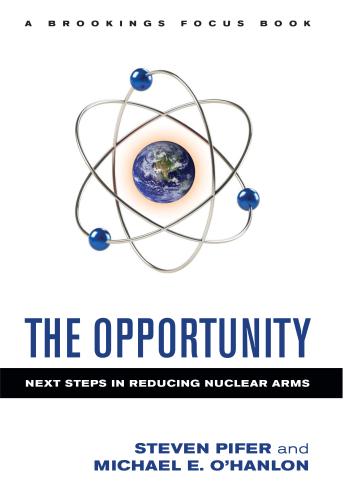
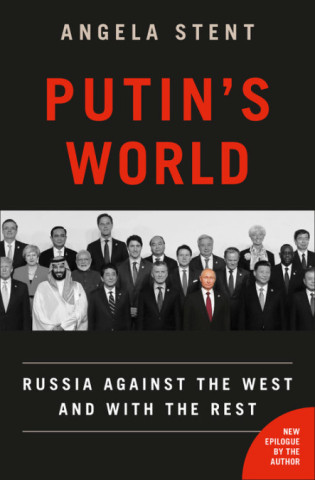

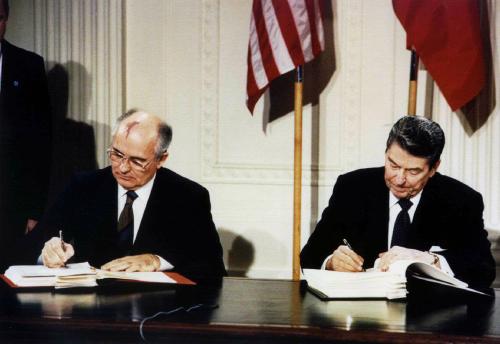
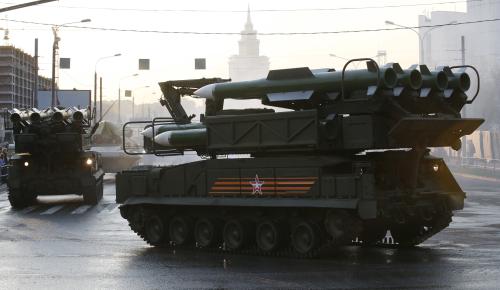

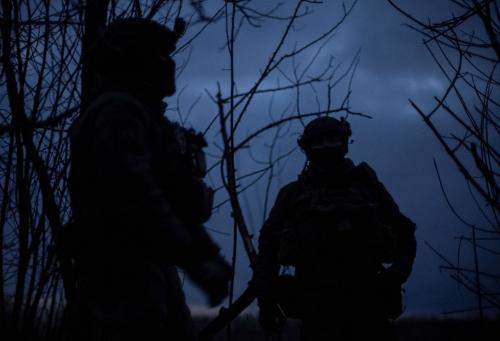
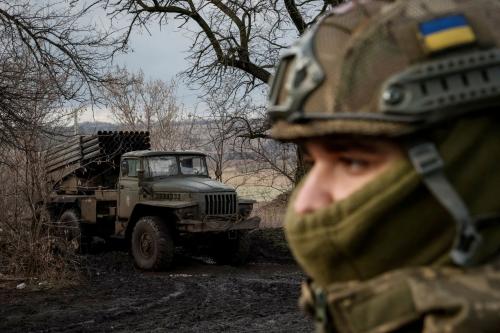
Commentary
Is there a glimmer of hope for the INF Treaty?
December 27, 2018